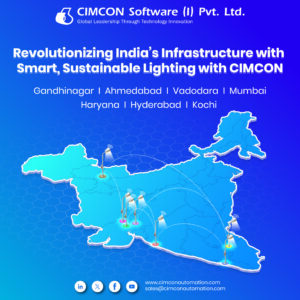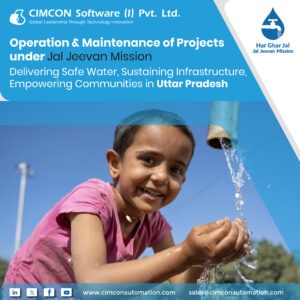Blog

Enhancing Oil & Gas Infrastructure: How CIMCON Is Reinventing Corrosion Prevention
Corrosion is one of the most persistent threats to oil & gas infrastructure. From pipelines

Revolutionizing India’s Infrastructure Through Smart, Sustainable Lighting
How CIMCON Lighting is powering the cities of tomorrow — one streetlight at a time

Operation & Maintenance of Projects under Jal Jeevan Mission
Operation & Maintenance of Projects under Jal Jeevan Mission The Jal Jeevan Mission (JJM), launched in

AMRUT Yojna: Transforming Urban India for a Better Tomorrow
Uninterrupted Water Supply, Haridwar and Rishikesh What is AMRUT Yojna? Launched in June 2015, AMRUT

Empowering Rural India: The Impact of the Jal Jeevan Mission
Empowering Rural India: The Impact of the Jal Jeevan Mission The Jal Jeevan Mission (JJM)

Smart Wastewater Solutions: Tackling India’s Water Scarcity with IoT, AI, and Digital Transformation
In today’s water industry, the energy and enthusiasm are palpable, with industry veterans and domain